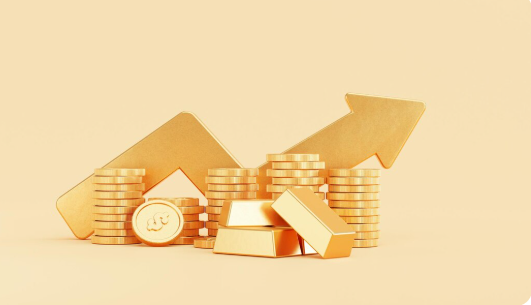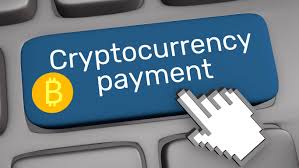Investing in copper offers a way to gain exposure to a metal crucial for modern industries, especially electronics and renewable energy. As global demand grows, copper’s role in economic and technological development makes it an attractive option for diversifying a portfolio.
Copper investments can be made through multiple channels, including mining stocks, ETFs, futures, and physical copper, allowing investors to choose based on their goals and risk tolerance. Market conditions in 2025, such as supply constraints and rising demand, have pushed copper prices to notable highs, underscoring its potential value in an investment strategy.
By understanding copper’s importance and the various ways to invest, investors can make informed decisions that align with emerging trends like electrification and sustainability. This approach helps navigate the complexities of the copper market while capitalizing on its fundamental economic significance.
Why Invest in Copper
Copper’s value stems from its widespread use in industry, emerging technologies, and evolving production challenges. Its price movements closely reflect global economic trends, making it attractive for investors seeking exposure to both industrial growth and green transitions.
Global Demand Drivers
Copper demand is primarily driven by construction, manufacturing, and infrastructure development worldwide. Countries with expanding urban populations, such as China and India, consume large volumes of copper for electrical wiring, plumbing, and building materials.
Industrial growth in emerging markets keeps demand steady. Additionally, copper’s importance in electronics and communication devices sustains its role as a key metal. Demand tends to rise with global economic expansions and falls during slowdowns, linking copper prices closely to overall economic health.
Role in Green Energy and Technology
Copper is essential in renewable energy systems, electric vehicles (EVs), and energy storage, making it central to the global green energy transition. EVs require significantly more copper than traditional vehicles for batteries, motors, and wiring.
Solar panels and wind turbines rely heavily on copper for efficient electricity transmission. As countries increase investments in clean energy infrastructure, copper demand is expected to grow, driven by government policies and technological advancements focused on reducing carbon emissions.
Copper Supply and Production Trends
Copper supply is constrained by limited new mining projects and declining ore grades in existing mines. Mining companies face increased costs and regulatory challenges, impacting production growth rates.
Recycling of copper alleviates some supply pressure but cannot fully meet demand increases. Supply interruptions from geopolitical or environmental issues can cause price volatility. Investors should monitor production data and exploration activities to assess potential supply bottlenecks.
How to Invest in Copper
Investors can access copper through several methods, each with distinct approaches to ownership and risk. Physical copper, mining stocks, and ETFs or mutual funds offer varied exposure to the metal’s price and market dynamics.
Physical Copper Investment Options
Physical copper investment typically involves purchasing copper bars, rounds, or coins. This gives direct ownership of the metal, which can serve as a hedge against inflation or currency fluctuations.
Storage and security are important considerations. Investors need a safe place to keep physical copper, often requiring third-party storage or insurance. Liquidity can be lower compared to financial instruments like stocks or ETFs, as physical copper must be sold directly to buyers.
Premiums over spot prices and transactions costs vary depending on the form and dealer. Physical copper does not generate income but may appreciate with market demand and supply factors.
Copper Mining Stocks
Investing in copper mining companies provides indirect exposure to copper prices through stock ownership. Performance depends on the company’s operational efficiency, reserves, and broader market conditions.
Key factors to evaluate include production costs, debt levels, and geopolitical risks in mining locations. Mining stocks can be volatile, influenced by commodity cycles, regulatory changes, and company-specific issues such as strikes or accidents.
Major players often diversify their resources beyond copper, which can affect sensitivity to copper price movements. Dividend payments are possible but vary widely across companies and market conditions.
Copper ETFs and Mutual Funds
Copper ETFs and mutual funds offer a convenient way to gain diversified exposure without holding physical copper. These funds typically invest in copper futures, mining stocks, or a combination.
ETFs trade like stocks on exchanges, providing liquidity and ease of access. Some funds focus on pure copper exposure, while others include related industries, like metal processing or mining equipment.
Investors should consider expense ratios, tracking methods, and fund size. Mutual funds may require minimum investments and have less frequent trading compared to ETFs. Both options provide portfolio diversification with lower direct risk than physical copper or individual mining stocks.







0 Comments